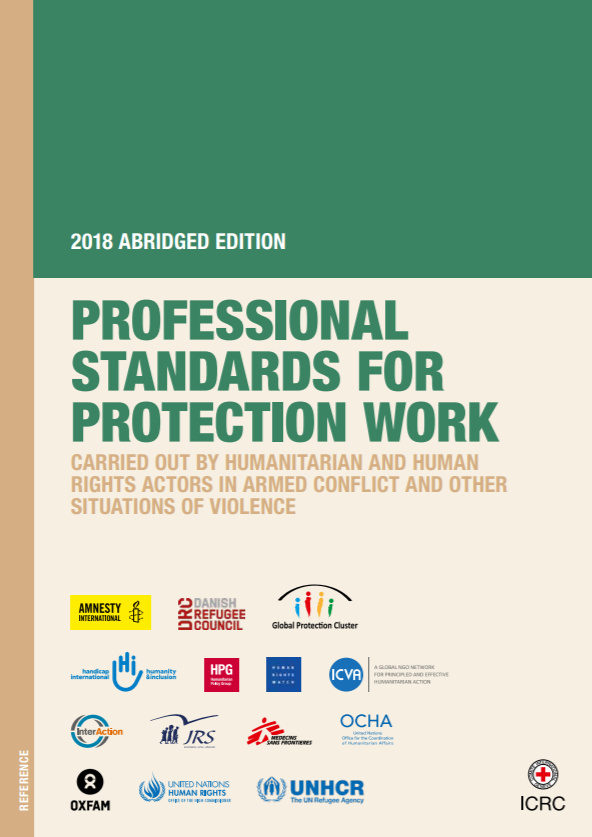Improving Our Responses to Migrants Caught in Crises: Conclusions and Policy Recommendations for Global Migration Policy-Making

This paper will highlight existing guidelines (especially the Migrants in Countries in Crisis Guidelines to protect migrants in countries experiencing conflict or natural
disaster) that speak to the findings of our research – and connect them to wider policy developments in the migration sphere. In particular, we reference the
global process of the United Nations to establish a global compact for safe, orderly and regular migration, which aims to “improve the governance on migration, to
address the challenges associated with today’s migration, and to strengthen the contribution of migrants and migration to sustainable development”. Our
findings provide insight on important challenges to which the global compact for migration can and should speak, as well as practices and recommendations on
which stakeholders can act, within or outside of the compact process.
Country
Worldwide
Region
Worldwide
Year
2018
Category








